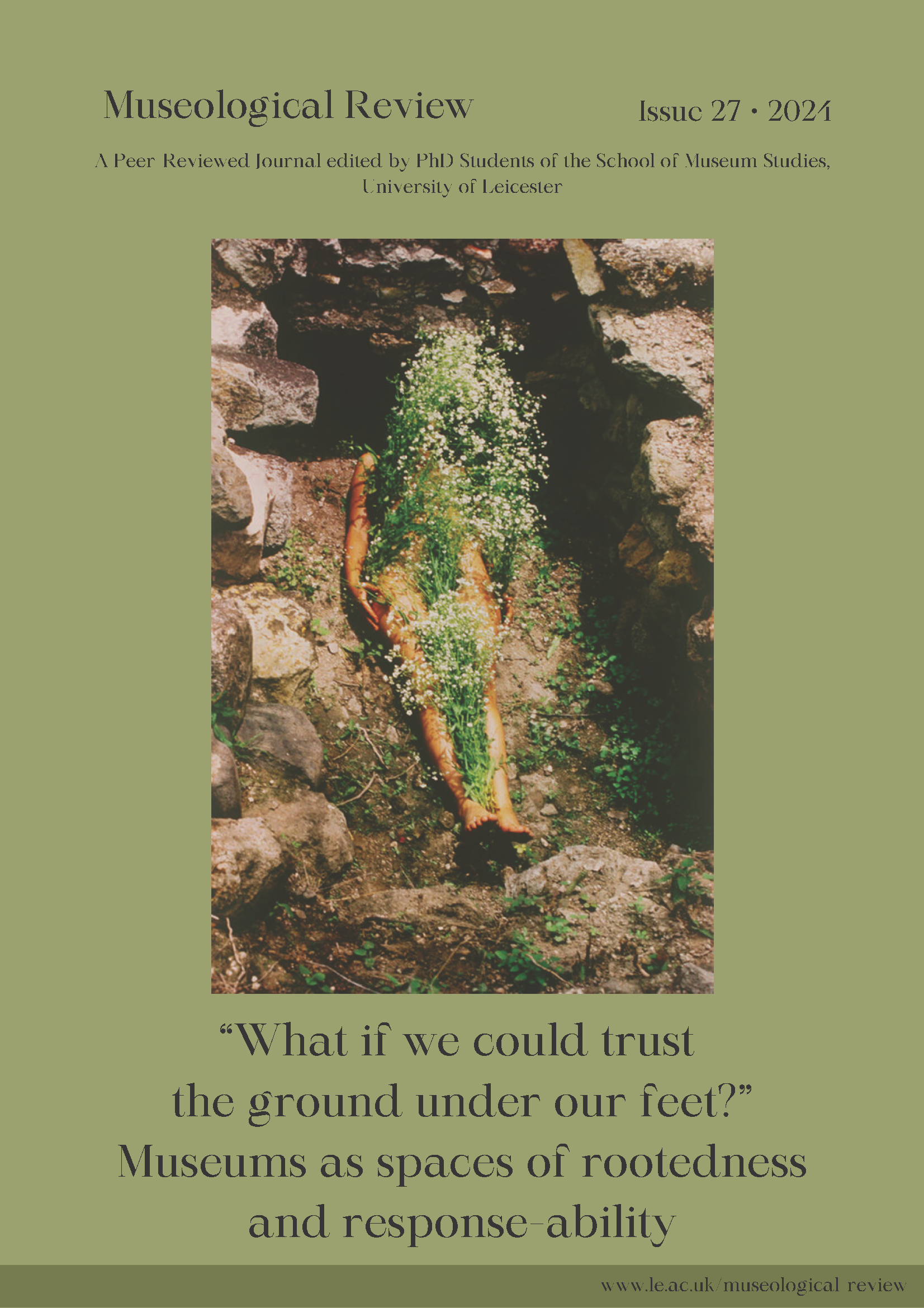Campus As A Museum: The Interlacing Roots Of KalaBhavana, Sanitiniketan
DOI:
https://doi.org/10.29311/mr.vi27.4878Abstract
As a counter argument to colonial art education system in India emphasised through the agencies of institution ‘building’, Tagore experimented with a hypothesis of space vis-à-vis place, through a system of community creation and radical pedagogic processes. The paper will navigate the overlapping zones of the spatial art historical markers across the campus of Kala Bhavana, the fine-art institute of Visva-Bharati which was ground zero for radical modernism in Indian art during the first half of the twentieth century; and the pockets of tribal and migrant communities emerging from it and around it, vis-à-vis the public perception of viewing this campus as a heritage site appropriating through the lens of capitalist semi-urban aspirations. The binary of the campus space is noticeable in its seclusion and exclusivity which artists’ studios or institutional premises require, and also as a site of public display and discourse, at the focal point of Santiniketan’s tourism map. As a result of prolonged auto-ethnographic observation through lived experiences, the paper takes under considerations aspects of the institution’s formative history which expands on Tagore’s vision and argues on the scope of viewing methods, spectacle-spectator conventions and interventions.
Key Words: campus, art pedagogy, museum, lived-space, auto-ethnography, Indian modernism, popular culture, tourism, heritage site, UNESCO, Kala Bhavana, Santiniketan
Downloads
Published
How to Cite
Issue
Section
License
Copyright (c) 2025 Sampurna Chakraborty

This work is licensed under a Creative Commons Attribution-NonCommercial-NoDerivatives 4.0 International License.




